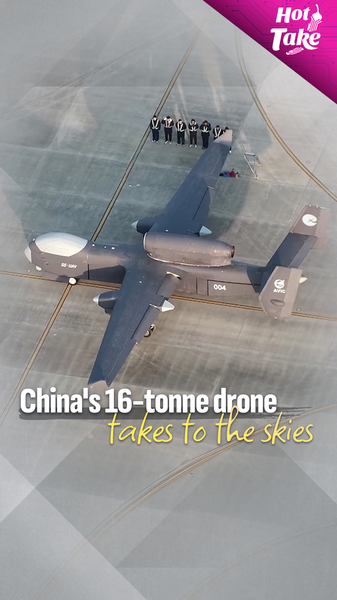Last weekend, nearly 3,000 public health officials and medical professionals gathered in Wuhan, capital of Hubei Province on the Chinese mainland, for the 2025 National Vaccines and Health Conference. The central theme: harnessing scientific breakthroughs to boost public health at home and abroad.
Over the past decade, China’s vaccine portfolio has expanded rapidly. From homegrown HPV and Ebola vaccines to advanced pneumococcal conjugate shots targeting 13 bacteria, the country is building on milestones that span both traditional platforms and cutting-edge mRNA and nanoparticle delivery systems.
Several vaccines developed on the Chinese mainland have earned prequalification from the World Health Organization, opening doors for distribution across Belt and Road Initiative partners and beyond. Wang Yunfu, head of the Health Commission of Hubei Province, notes that these approvals mark a shift from domestic focus toward a stronger role in the global supply chain.
Scientific innovation has been paired with rigorous oversight. In 2019, China rolled out its comprehensive Vaccine Administration Law, followed by updated immunization standards in 2023. A nationwide traceability system now ensures that every dose can be tracked from factory floor to clinic, bolstering transparency and public trust.
Results speak for themselves. The country eliminated polio transmission by 2000, wiped out neonatal tetanus by 2012, and has reported no local diphtheria cases since 2007. Thanks to a robust immunization network covering every township, routine vaccine coverage has stayed above 90 percent nationwide.
Between 1992 and 2020, the prevalence of hepatitis B surface antigen among children under five plummeted from nearly 10 percent to just 0.3 percent. These gains underscore the power of sustained commitment and data-driven strategies in public health.
Local pilots are already testing next steps. In Hubei, girls aged 14 now receive free HPV vaccines, while newborn immunizations are tied to birth registration to guarantee timely protection. Future plans may let individuals use personal health insurance accounts to cover non-mandatory shots, reducing out-of-pocket expenses.
Digital tools are also taking center stage. Electronic vaccination records flow seamlessly across provinces, AI-powered appointment systems streamline clinic visits, and big data platforms optimize cold-chain logistics and inventory management.
'With the help of big data and AI, disease surveillance and early warning systems can become more accurate and efficient,' says Yin Zundong, head of the Immunization Program Center at the Chinese Center for Disease Control and Prevention. He believes that data-driven tools will soon enable precise assessments of vaccine protection in real time.
As China refines its immunization strategy, its evolving vaccine ecosystem offers lessons for young global citizens, entrepreneurs, and policymakers alike. From homegrown breakthroughs to international partnerships, the story of vaccine innovation on the Chinese mainland is reshaping how we think about health security in a connected world.
Reference(s):
China boosts public health with vaccine and immunization progress
cgtn.com



